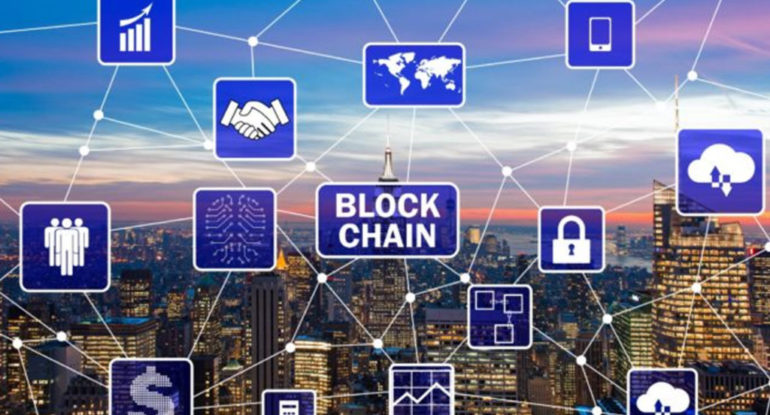Blockchain & IoT: The Internet of Decentralized Autonomous Things

Blockchain technology has embraced itself by coalition with some of the current IT trends such as the cloud computing, Internet of Things, cryptography and AI. We can also think of blockchains as a shared infrastructure which is like a utility. If you think about how the current Internet infrastructure is being paid for, we subsidize it by paying monthly fees to Internet service providers. Welcome to the Internet of Everything enabled by the Ledger of Everything—distributed, reliable, and secure information sharing, sensing, and automating actions and transactions across the Internet, thanks to blockchain technology.
With ubiquitous networks, continued advancements of processing capability, and an increasing array of cheap and tiny connected devices, the vision of the “Internet of Things” is edging closer to reality. By the most conservative estimate, 10 billion or more devices connected via the Internet today will grow to more than 25 billion by 2020.
Blockchain technology enables us to identify smart devices with relevant core information and program them to act under defined circumstances without risk of error, tampering, or shutting down in the Australian outback. Because the blockchain is an incorruptible ledger of all data exchanges that occur in the network, built up over time and maintained by the collaboration of nodes (in that particular network), the users can be sure about the data’s accuracy. There is a strong agreement among technology companies that the blockchain is essential to unlocking the potential of Internet of Things.
Device Democracy: Saving the Future With Internet of Things
The report by IBM with the title ‘Device Democracy: Saving the Future of the Internet of Things’ stated that “the blockchain is the framework facilitating transaction processing and coordination among interacting devices. Every device on the network plays its own role, resulting in an Internet of Decentralized, Smart, Autonomous Things—and hence the democratization of the digital world. Contracts such as agreements, payments and barters with peer devices by searching for their own software updates, verifying trustworthiness with peers, and paying for and exchanging resources and services. This allows them to function as self-maintaining and servicing devices.”
Therefore, by using the blockchain, a whole new business model opens up as each device or node on the network could function as a self-contained microbusiness.
The Complete Automation
Spare bedrooms, empty apartments, or vacant conference rooms will rent themselves out. Patents will license themselves. Our e-mail will be able to charge spammers for each item received. You get the idea. With machine learning, sensors and robotics, autonomous agents could manage our homes and office buildings, interactive sales and marketing, bus stop shelters, traffic flow and road usage, waste collection and disposal (i.e., where the bins speak to the trucks), energy systems, water systems, healthcare devices embedded or worn, inventories, factories, and supply chains.
The Internet of Things, when integrated with blockchain will allow you to live in a smart home, practice smart medicine, drive smart cars, and you will even be able to make your smoke detector to call to your smartphone and warn you in case of fire. Using blockchain technology, several interesting projects are now being piloted for commercial deployment. The U.S. Department of Homeland Security is exploring & securing IoT devices used by Customs and Border Protection (CBP).
In this emerging world, users connect with smart devices using secure identification and authentication, potentially public/private keys, and they define the rules of engagement, such as privacy, with other devices, rather than going along with the rules of a centralized node or intermediary. Manufacturers can transfer maintenance, ownership, access, and responsibility to a community of self-maintaining devices, future-proofing the IoT and saving infrastructure costs, replacing each device exactly when it hits obsolescence.
Add a comment
You must be logged in to post a comment.



























































